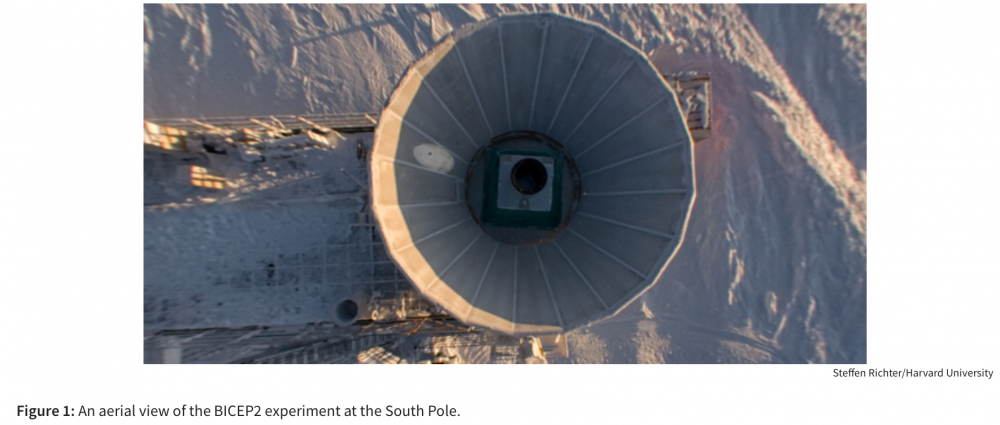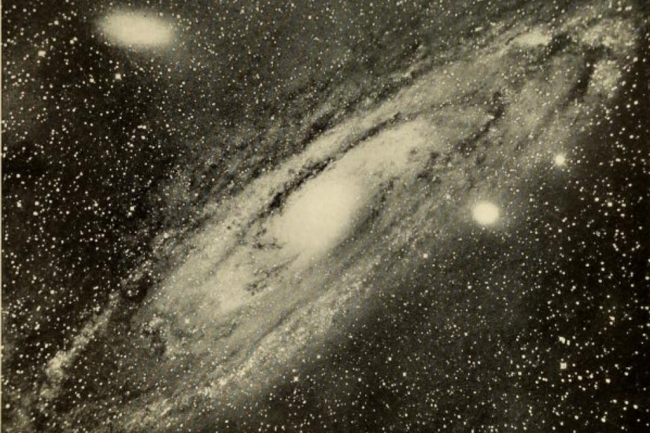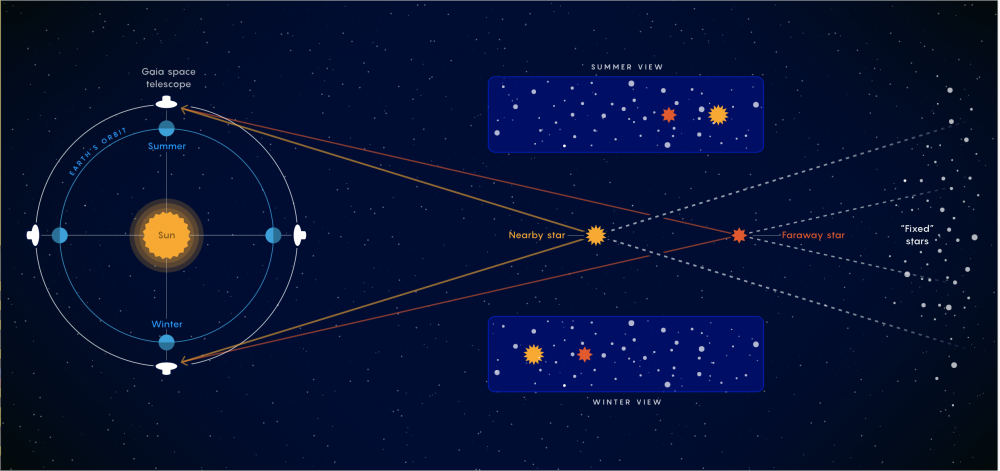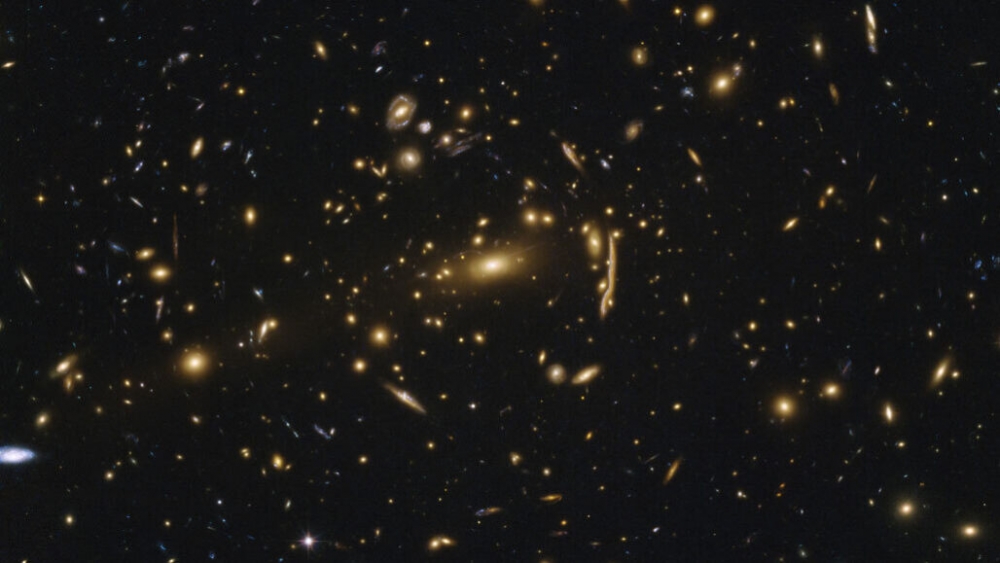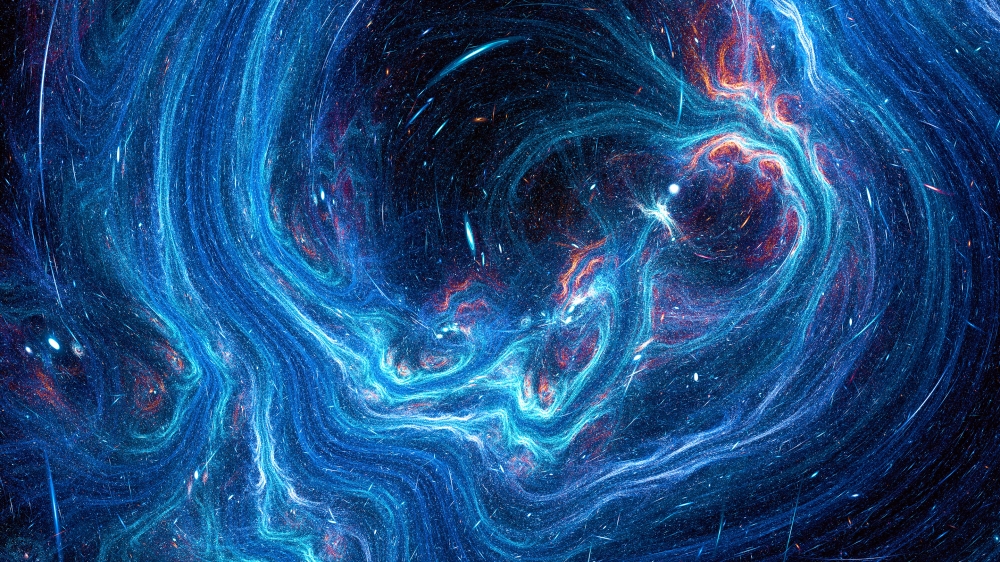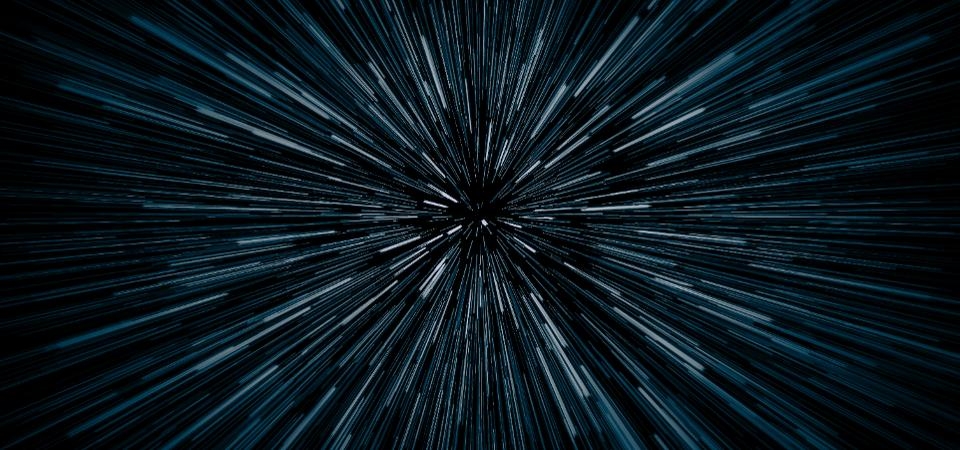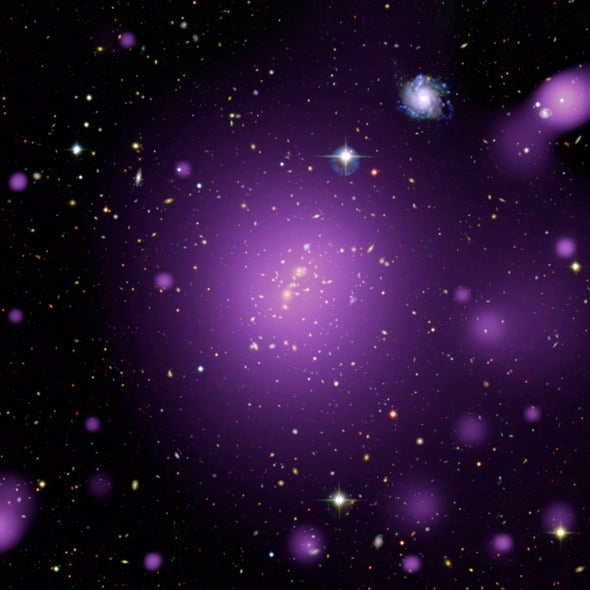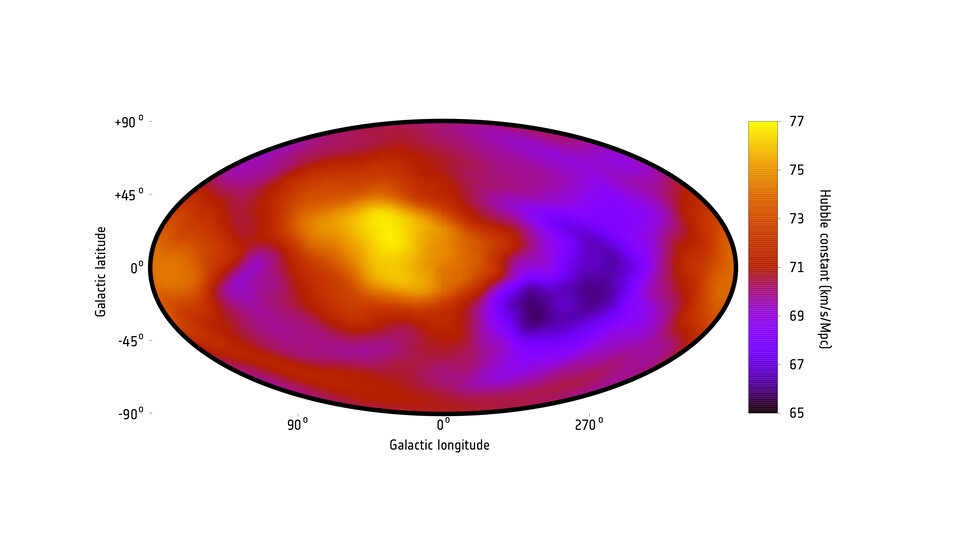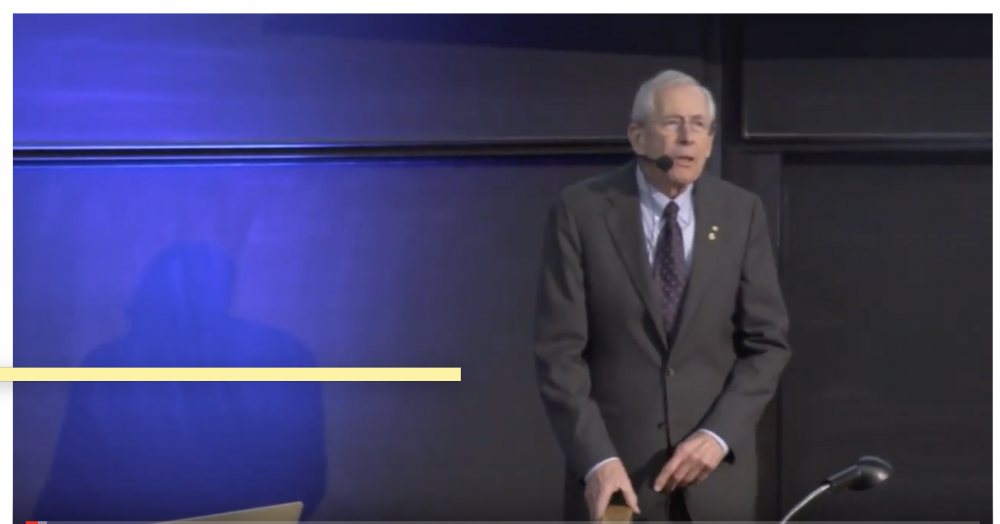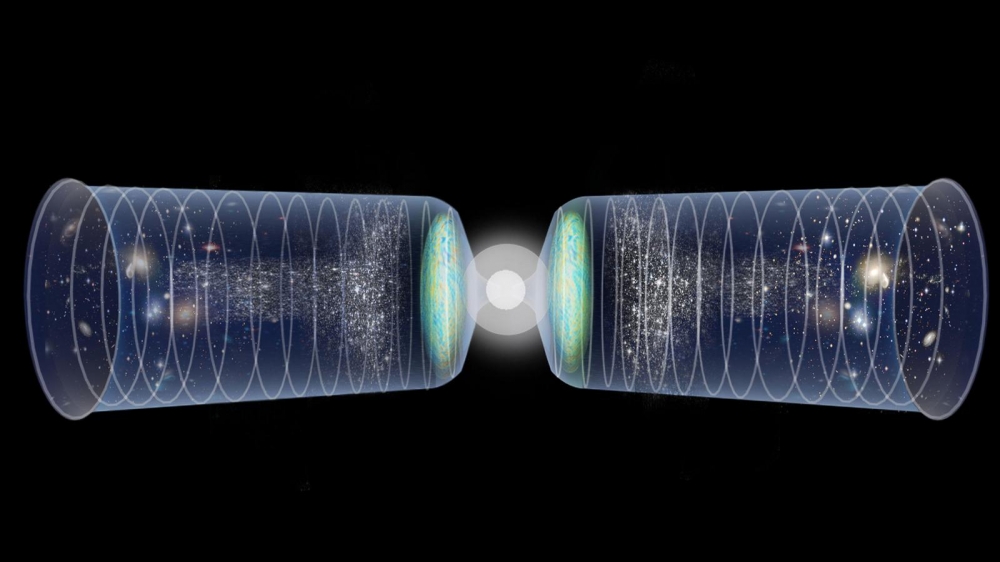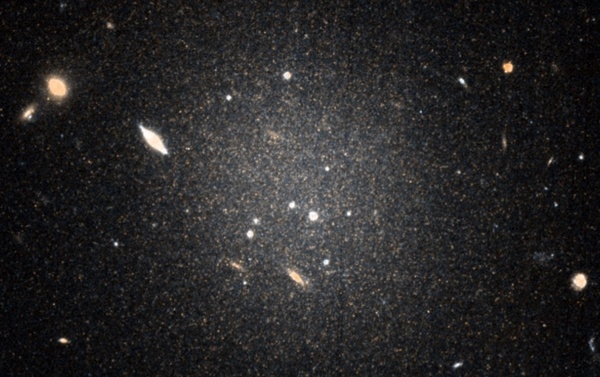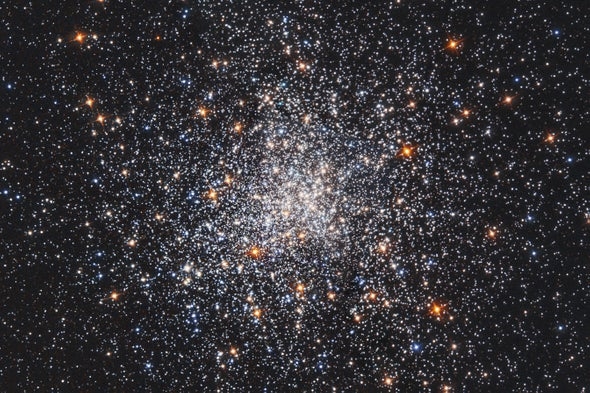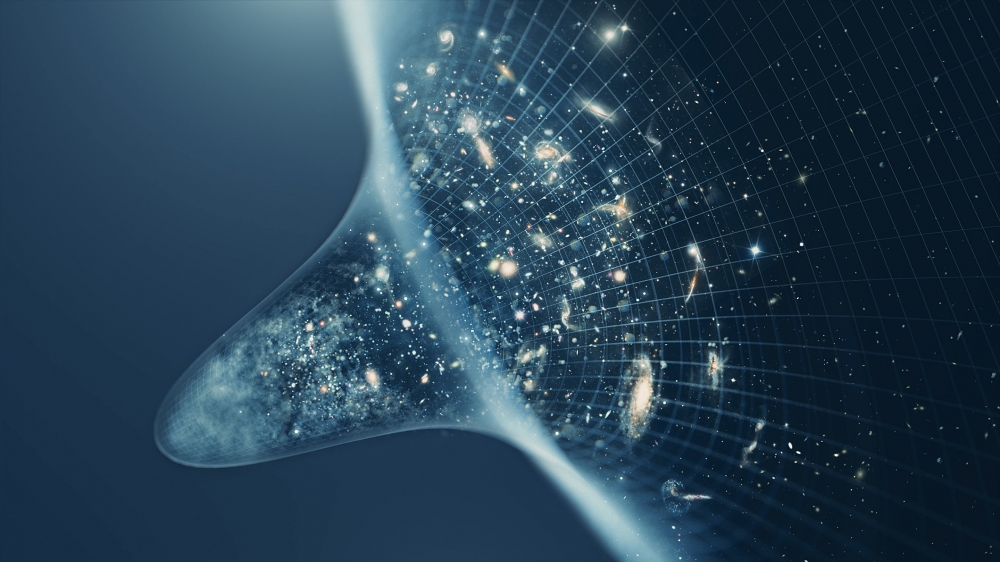Hunting Season for Primordial Gravitational Waves
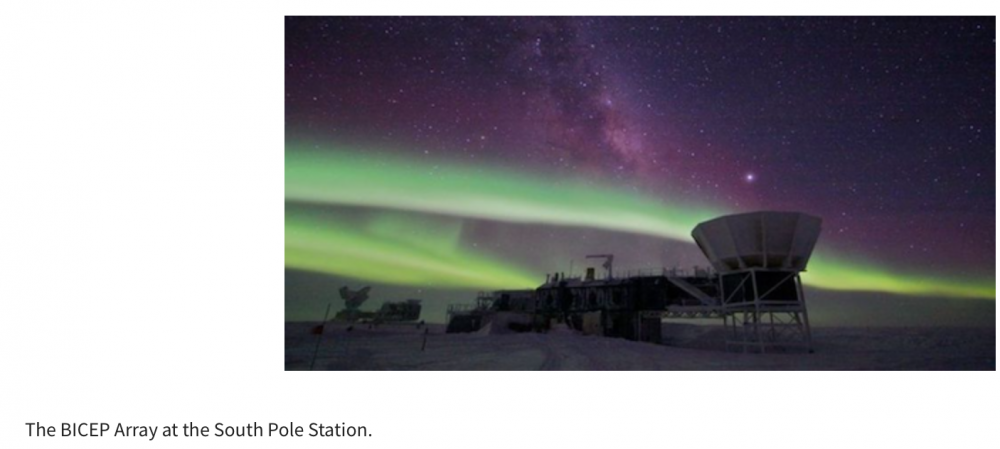
October 30, 2020• Physics 13, 164
The BICEP Array radio telescope, which searches for signatures of gravitational waves in the early Universe, has started an observing run that will break new ground in detection sensitivity.
In 2020, the raging pandemic halted many scientific endeavors around the globe. But after the last flights of the season left the Amundsen-Scott South Pole Station in February, the complex remained “frozen” in a pre-COVID era. There, a few dozen researchers can still mingle without face masks while managing physics, astronomy, and geoscience experiments that run during the six-month-long winter night. The latest experiment to kick off at the South Pole is the BICEP Array telescope, an instrument designed to probe the faint microwave light coming from the infant Universe. After a team assembled the new telescope in the brief austral summer, a lone engineer stayed to tend to the instrument (see Q&A: Searching for Light in the Darkness of Winter).
Focusing on a small patch of the South Pole’s dark winter sky, the BICEP Array will characterize with unprecedented accuracy the polarization of the cosmic microwave background (CMB). From these measurements, cosmologists hope to learn about inflation, the Universe’s extremely rapid expansion that occurred in the first 10−32
seconds after the big bang, before a more leisurely expansion began. They will examine subtle polarization patterns, called B modes, that theorists predict were produced by gravitational waves that arose during the inflation epoch.
See full text
